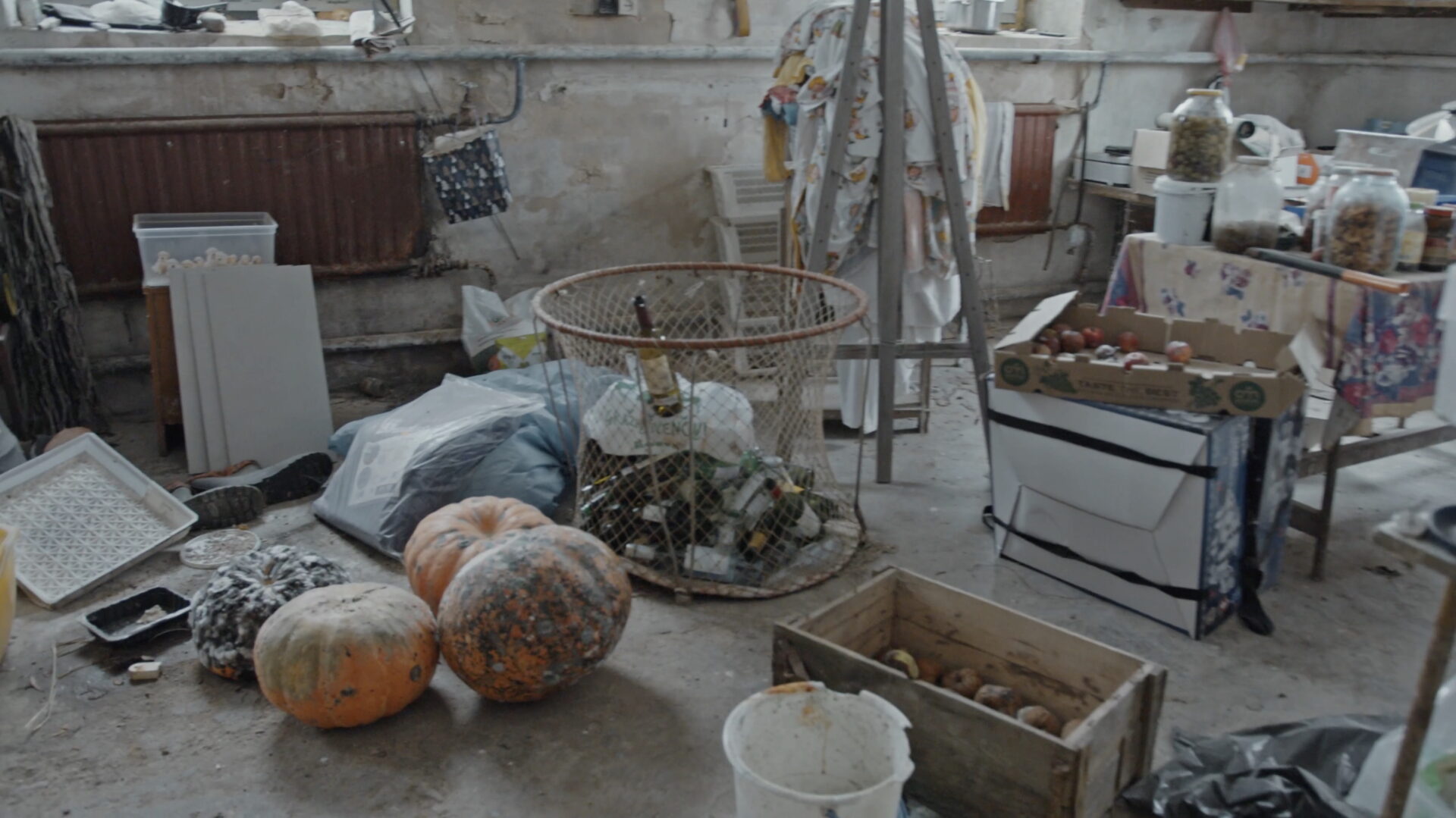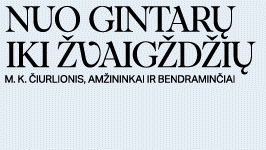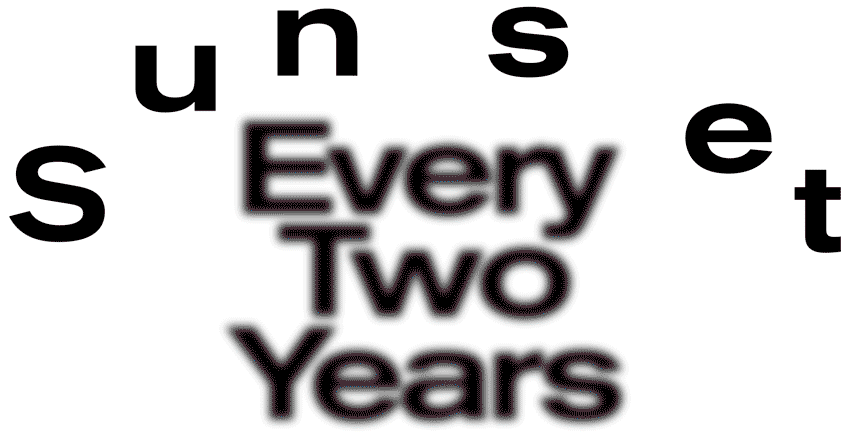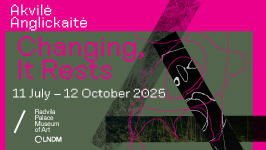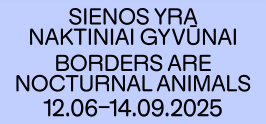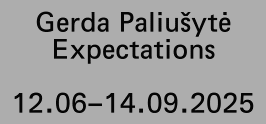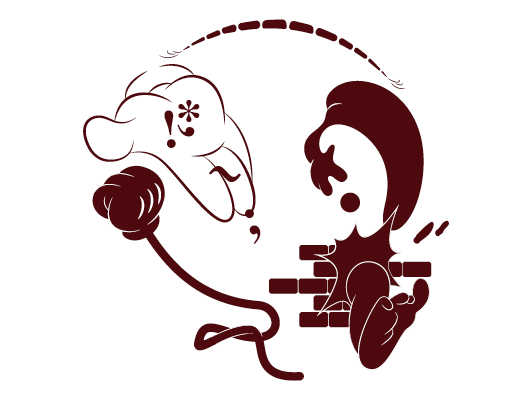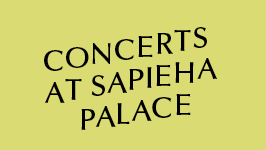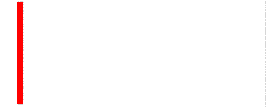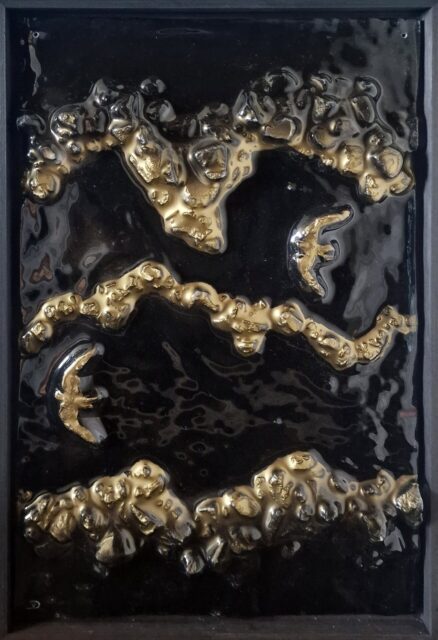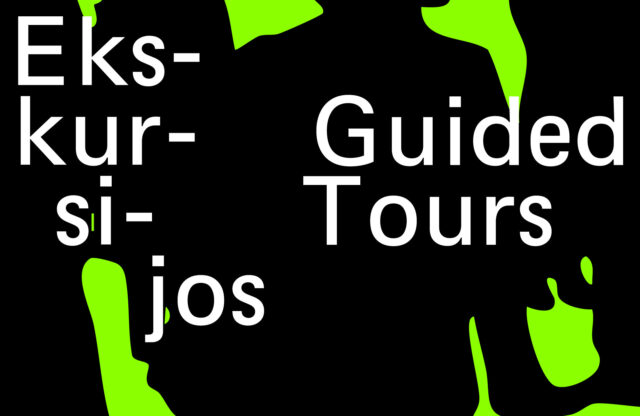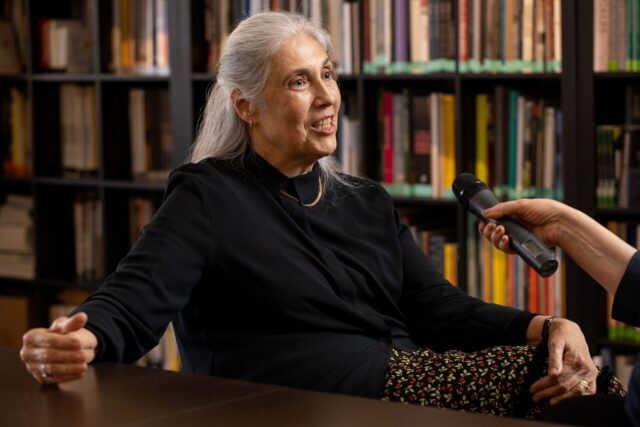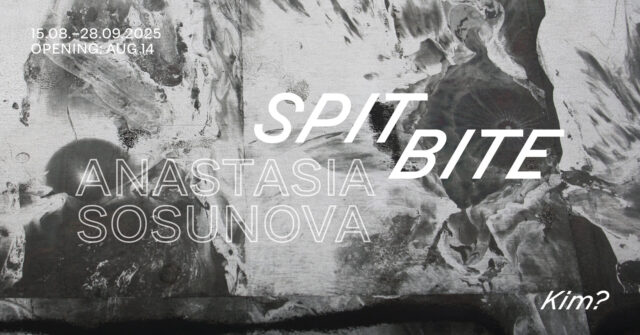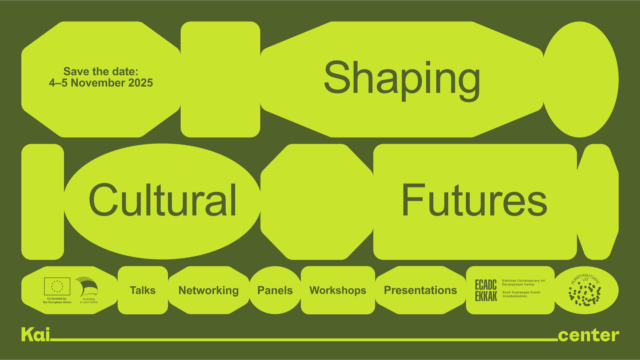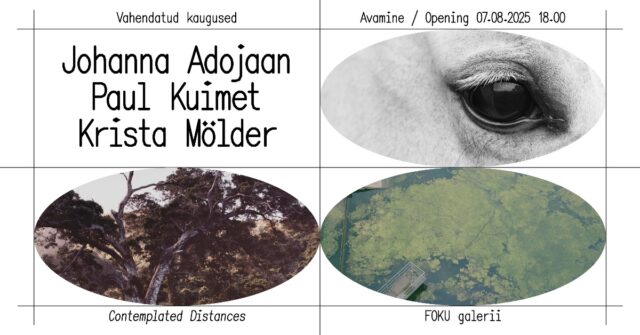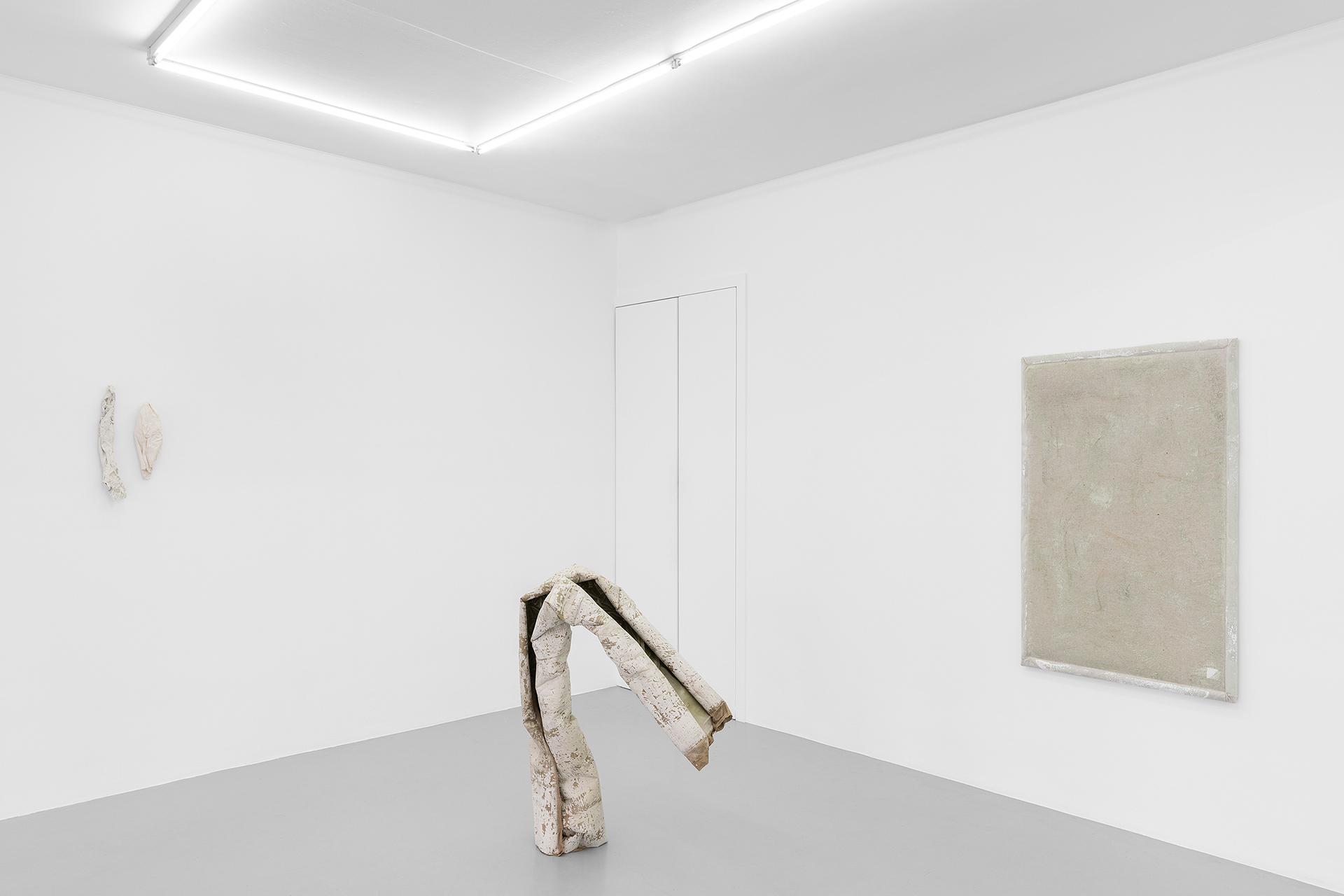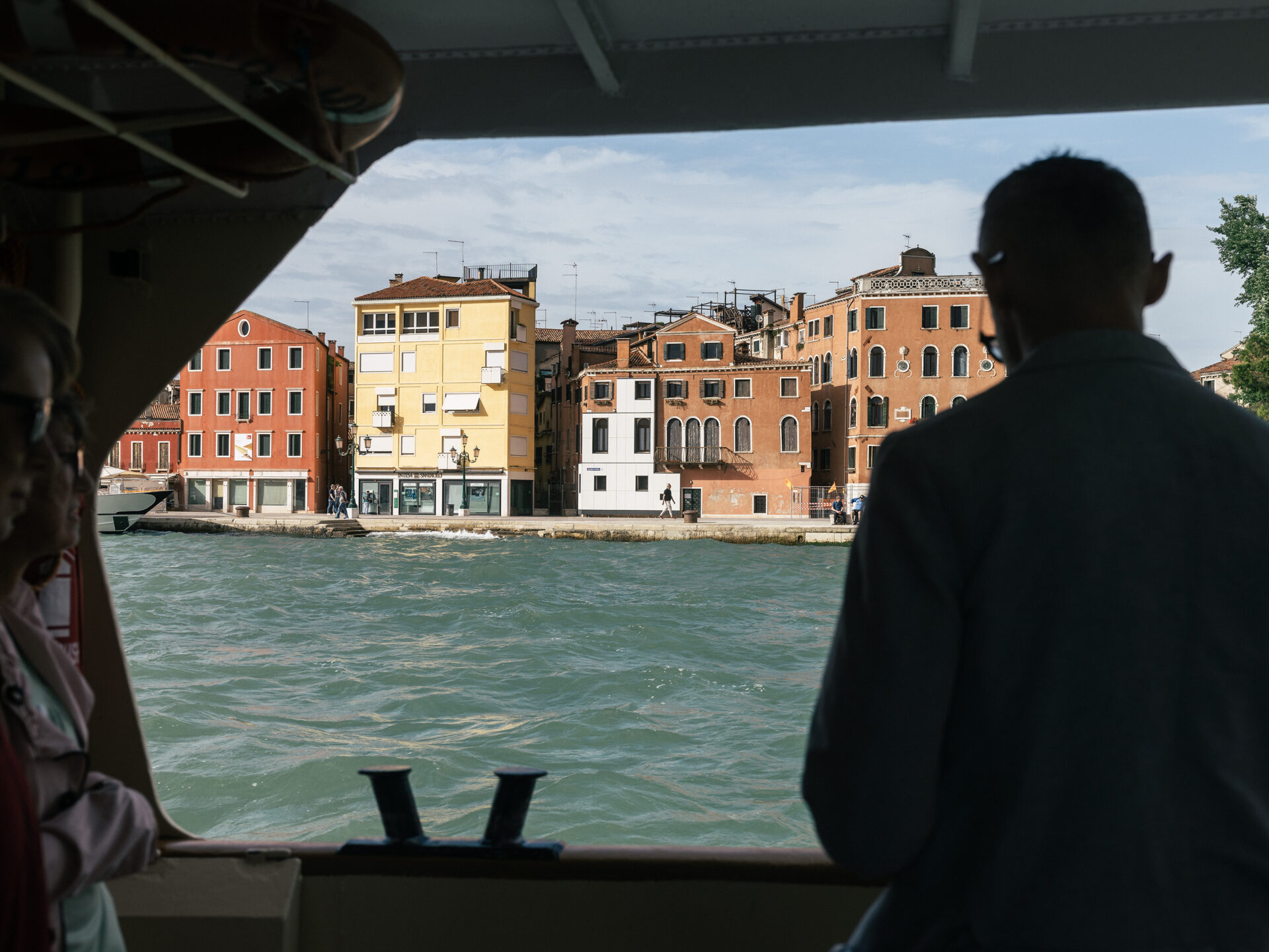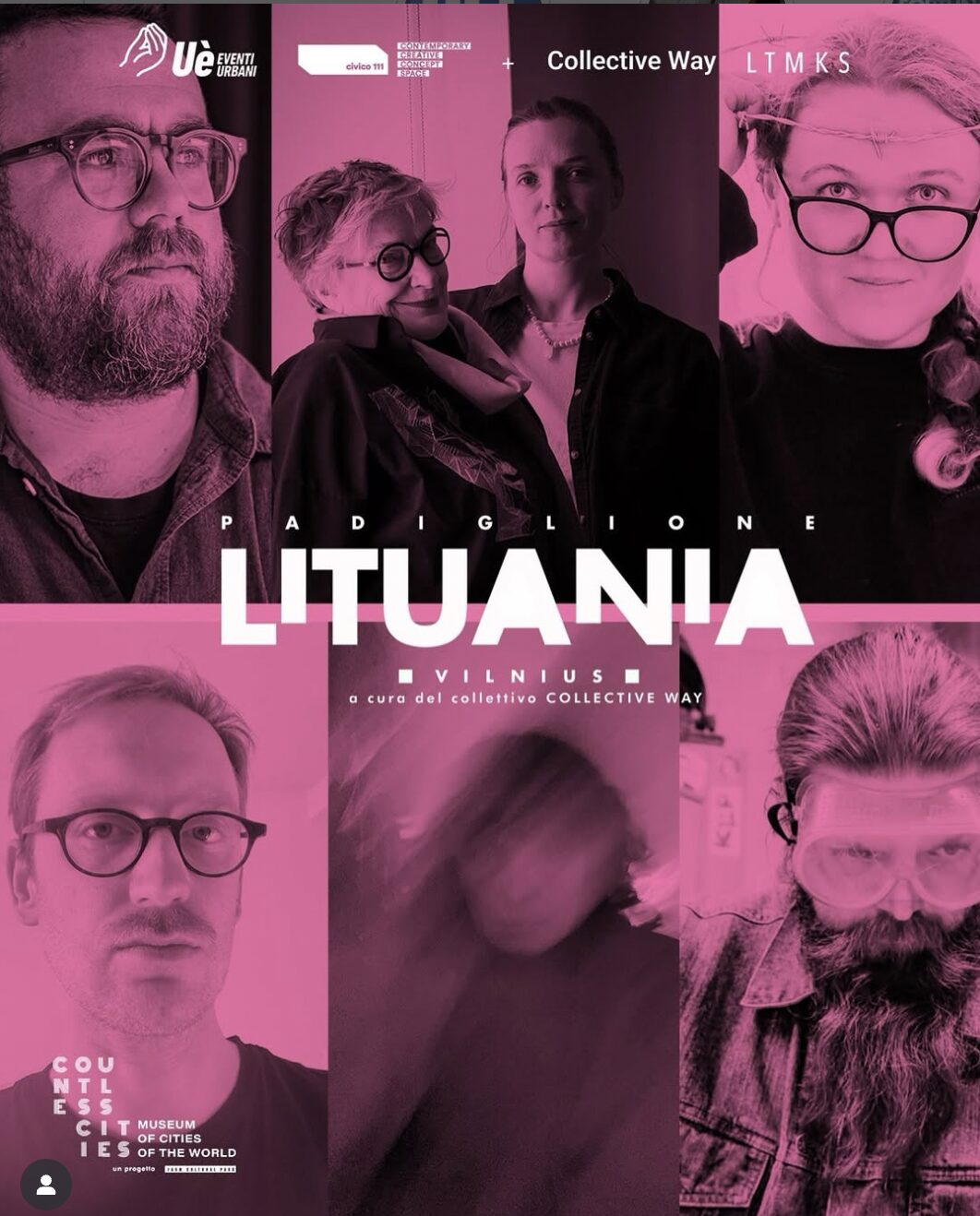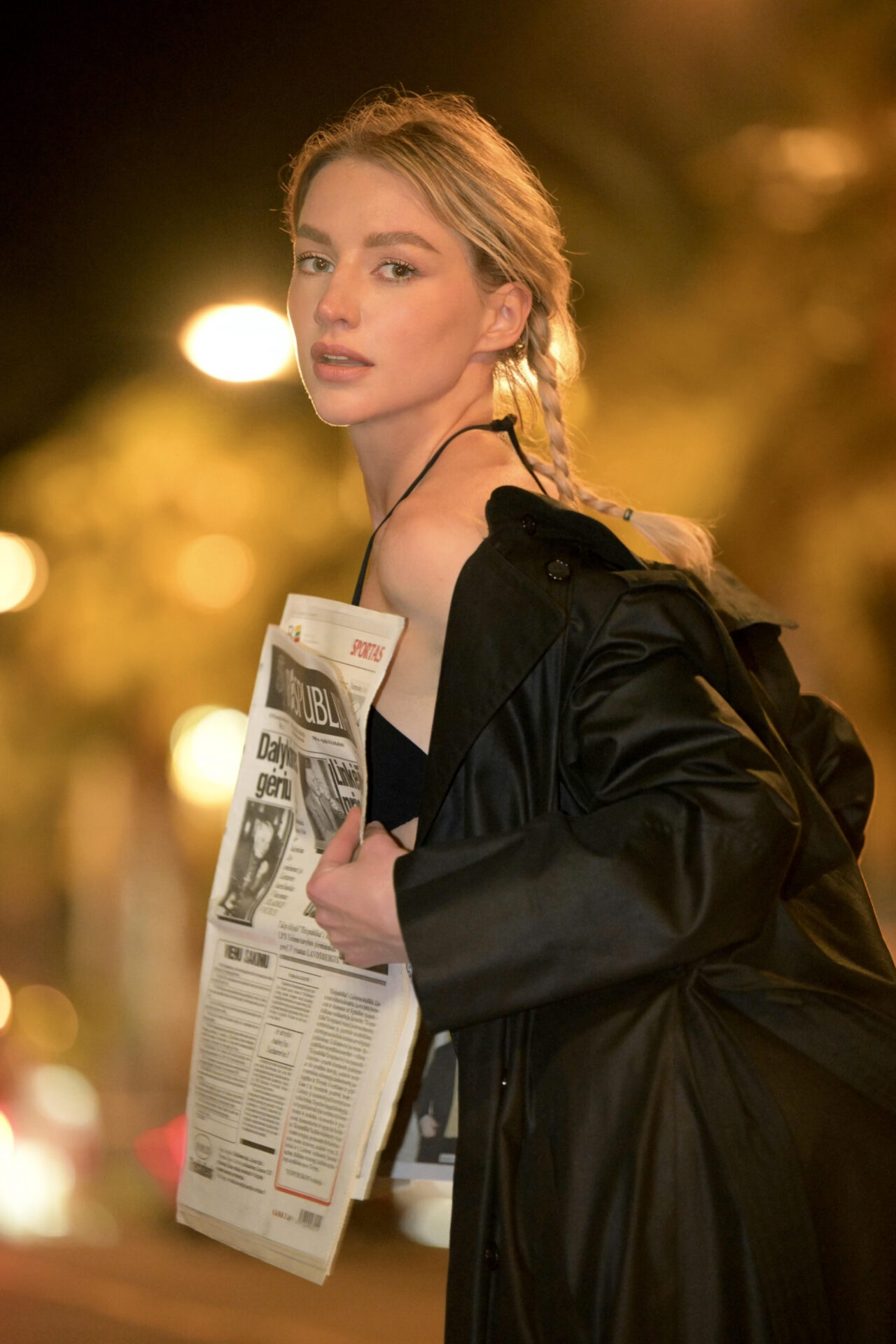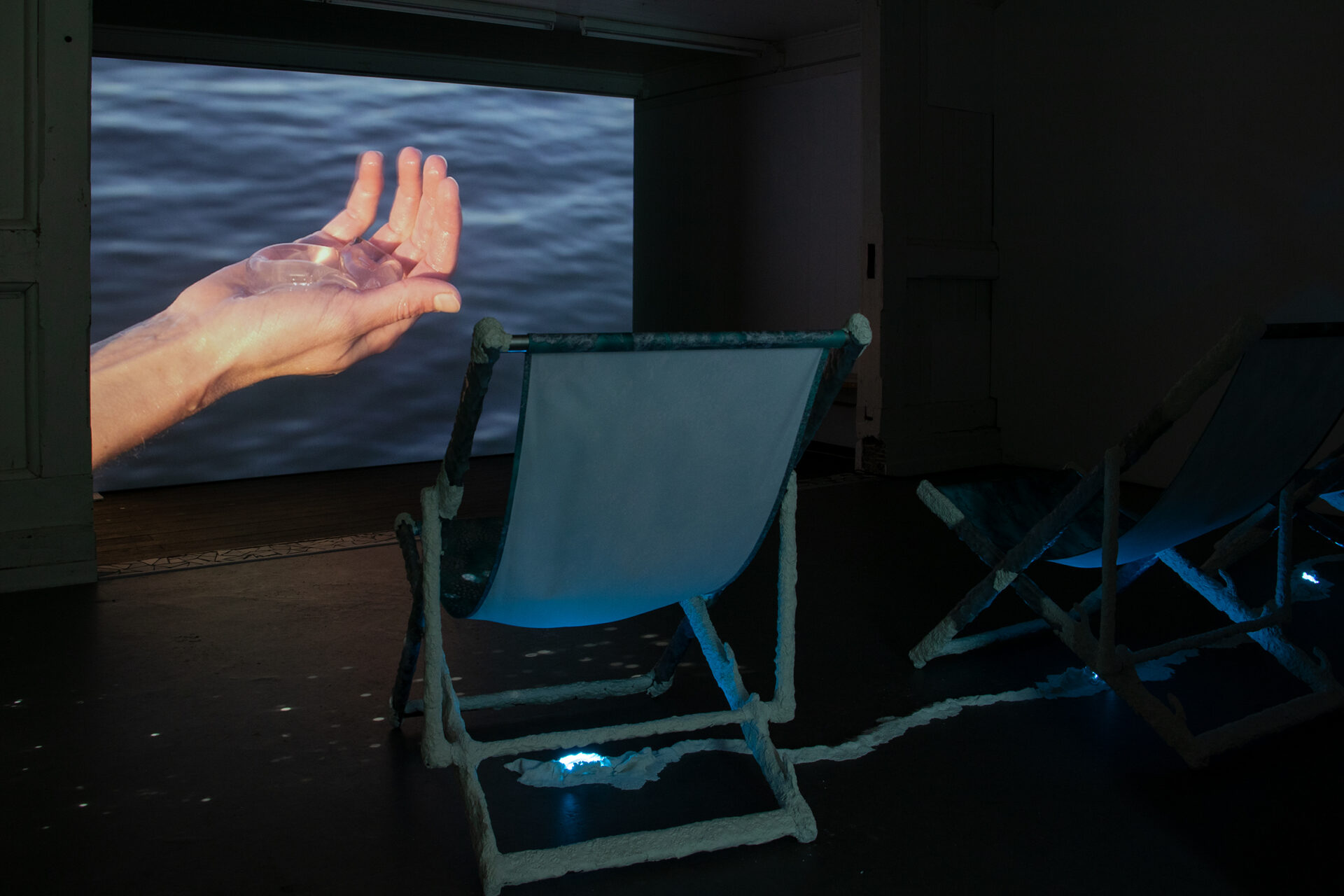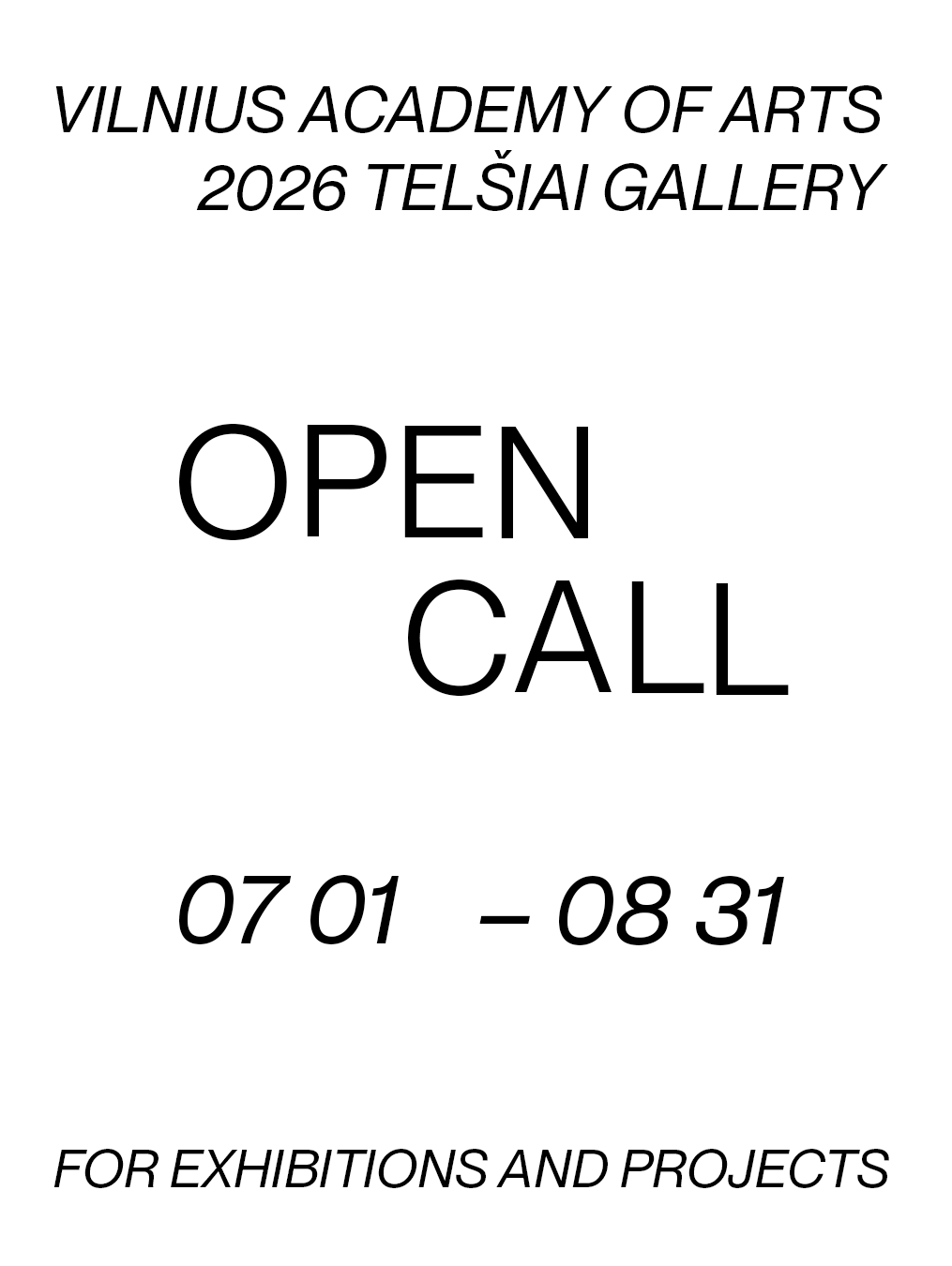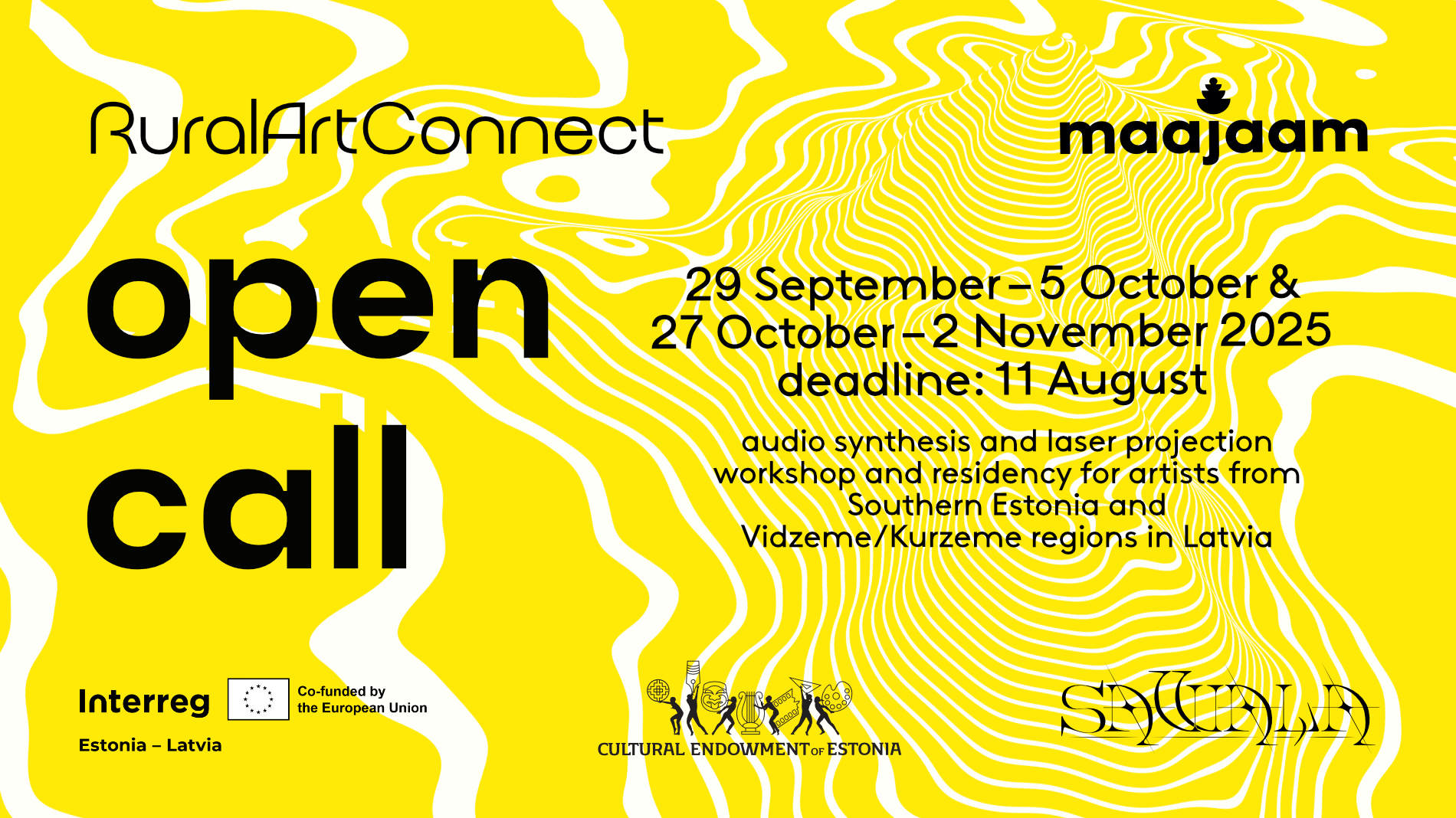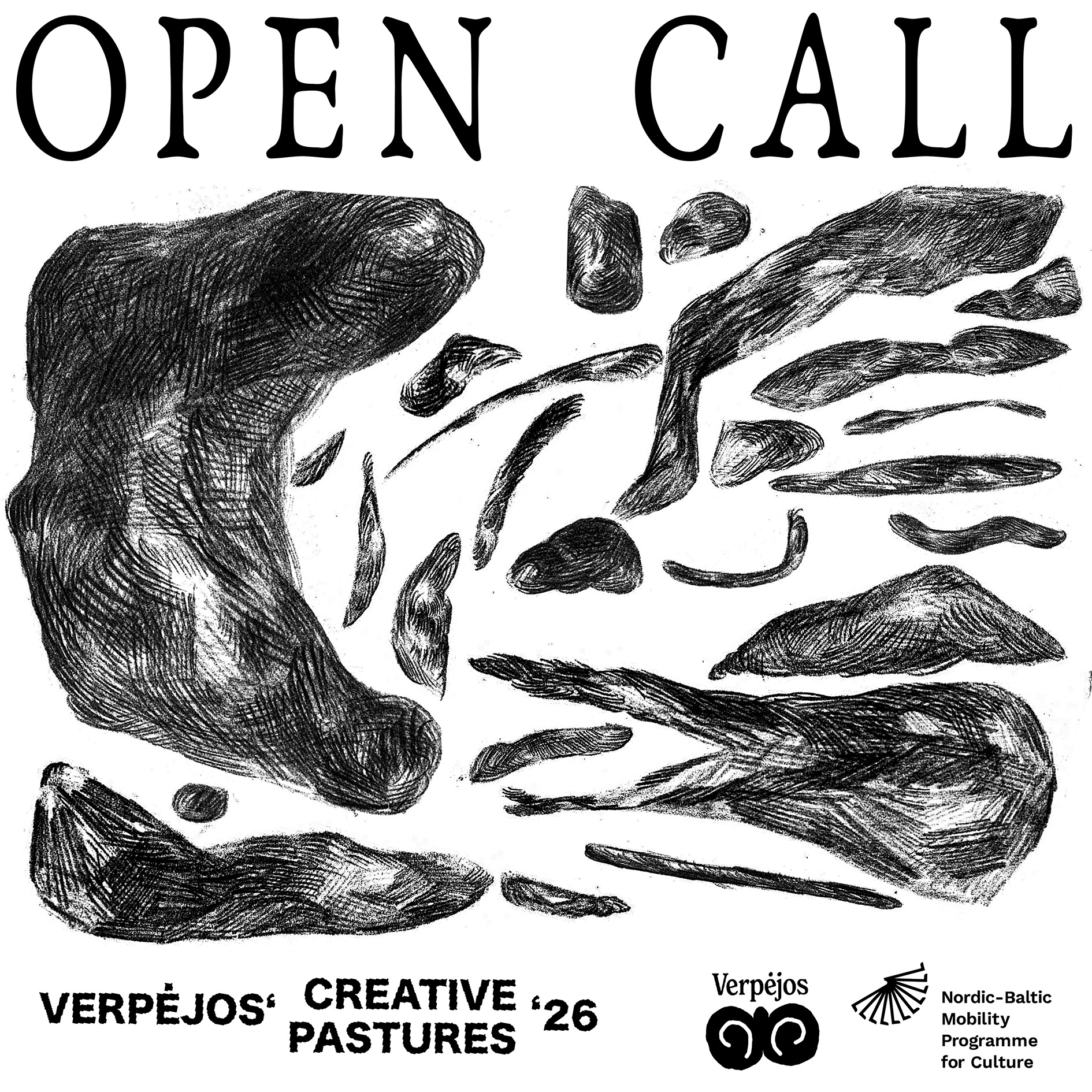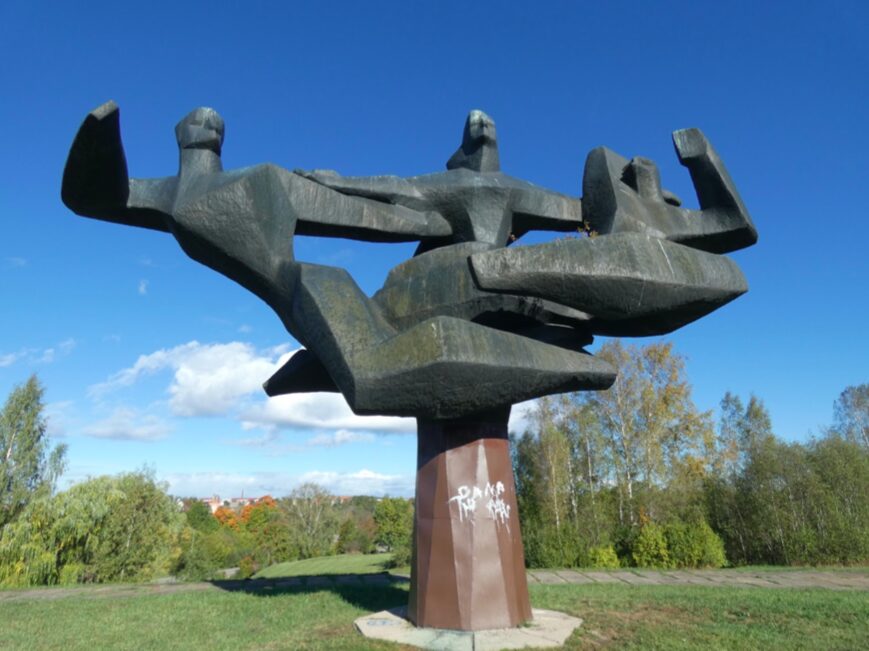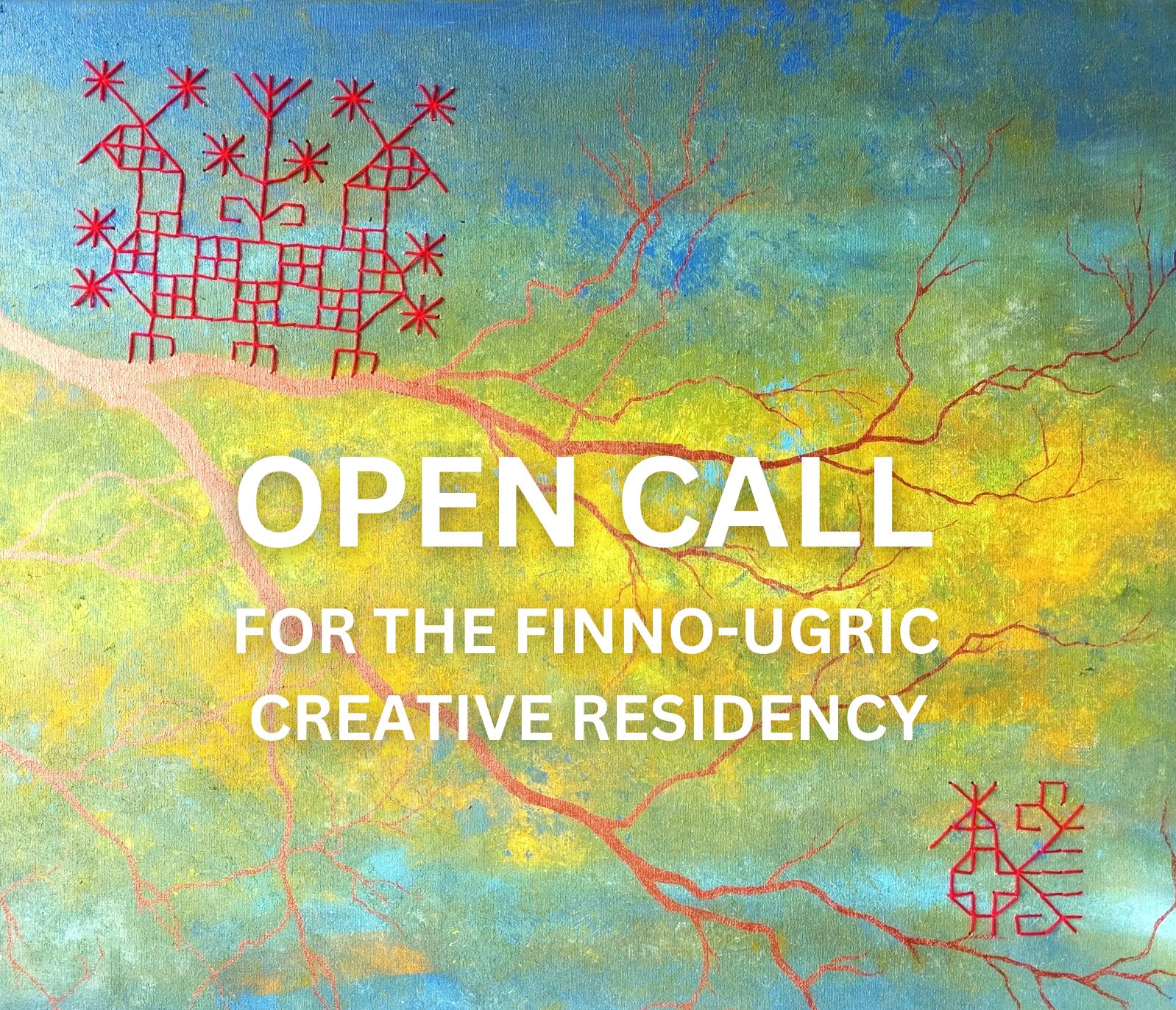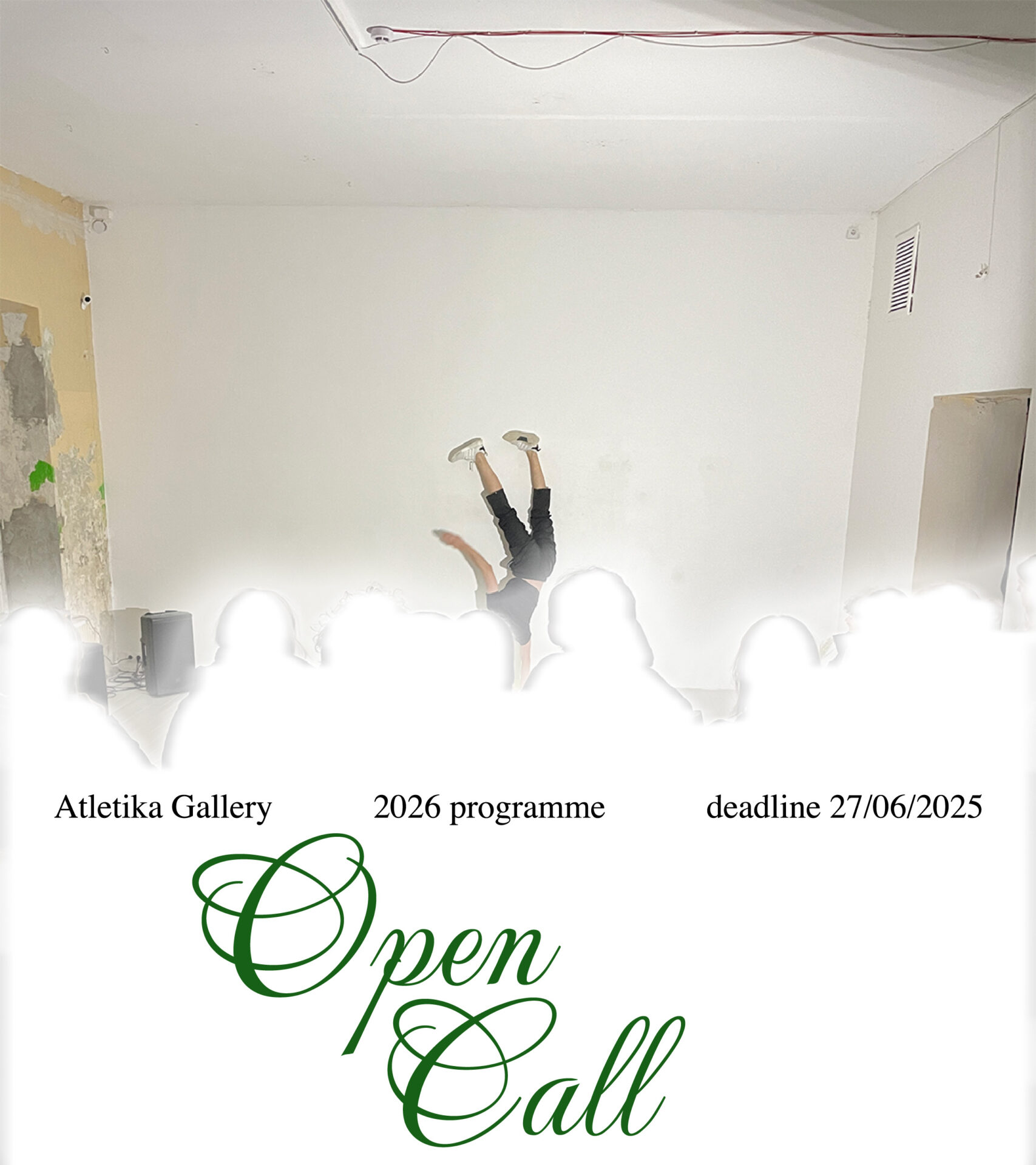On August 7, 2025, at 4:00 PM, Ferma—an environmental installation by Gabija Grušaitė—will open to the public. Curated by Francesco Urbano Ragazzi, the exhibition features a two-channel video installation and a series of site-specific drawings created especially for the occasion.
The project unfolds in a place that is foundational to the artist’s childhood: a former industrial building in the eldership of Sariai, which is the home and studio of her father, Marius Grušas, an artist himself.
Embracing the Fluxus spirit rooted in the Lithuanian art scene, the exhibition will be open to visitors for one day only, through a collective journey into the landscape of eastern border of Lithuania. Conceived as a ritual of initiation, Ferma confronts traumas that are both personal and historical, weaving together memory, landscape, and legacy.
“Only as the war of my generation draws closer and the sound of drones enters the nightmares can I finally understand what it means to come from the frontier, a place where social tectonic plates move first. I move as a stork but frontier is printed in the blood. It is not safe here. But we still grow. Animals, plants, people of the frontier.”
Gabija Grušaitė
This is the story of a fortress. A domain nestled in the Lithuanian countryside, whose inhabitants are, for the most part, objects.
Wood, steel, iron, plaster, marble, glass, ceramic, stone, terracotta, pigments, fruit, and other materials combine within the space of a large industrial warehouse forming, day by day, a giant still life. A life-sized still life that, through an excess of either life or death, surpasses the human scale.
This is the realm of Marius Grušas, an artist known for his Medeinė: a sculpture depicting a woman who, with graceful composure, sits on the back of a bear. She is the Lithuanian goddess of forests and hunting. Making her way through the streets of Vilnius’ Old Town, she reminds the city that it was once a forest, and still is.
Everything is a forest. Even Marius Grušas’ fortress. And this fortress, like the forest, cannot be owned. No one possesses it, because everyone is possessed. The master of this fortress is a subject of an empire that no longer exists, or of the fear that an empire might return to take everything away. Meanwhile, the other members of the family try to escape the tyranny of things.
In this story, then, there is no king and no queen. There are no princes, nor any princess waiting to be saved. If there is a princess, she will save herself, with the strength and grace of a Medeinė.
The story of this fortress begins again today, on August 7, 2025. Gabija Grušaitė returns to the places that indelibly marked her childhood to retrace a personal map of survival, and to let it be inhabited by others, finally.
To the oppressive sense of a place where everything is accumulated and preserved, Grušaitė responds with horror pleni. Her gaze slips into the gaps of a constant all-over, tracing perspectives and escape routes that otherwise seem denied.
Words, the artist’s chosen medium, weave a new narrative fabric within the space, revealing not only their deepest origin but also the possibility of going beyond themselves. This time, however, the artist’s texts do not take the form of books, as her literary career might lead one to expect, but intertwine with videos and drawings that punctuate and expand the architectural dimension of the place.
Between the hangar’s aisles, cluttered with objects, the artist films a series of tracking shots while her voice-over retraces the physical and emotional density of the space and its story. The video is displayed in a mirrored setup at both ends of the same hangar, creating an effect of echo and continuation, at once expansive and claustrophobic.
Inside a separate room, the only empty space in the entire complex, the artist offers instead the spatial coordinates of the surrounding area through a floor drawing, serving as a personal orientation tool for visitors.
This passage unfolds as a ritual of initiation and liberation, traversing Marius’ studio, house, factory, and storage to reunite them into a single, monumental work of art that transcends itself. A work that stands somewhere between monument and decay, awareness and repression, symptom and genius. A work no longer belonging to the father, but not solely to the daughter either.
Because the story of this fortress is not intimate and personal. Not only. Alongside the traumas of a family, it holds those of an entire society: a post-industrial, post-rural, post-Soviet, and post-capitalist society that keeps finding itself at the borderlands of war.
This is an invitation to a reunion. PTSD REUNION.
Gabija Grušaitė is a Lithuanian writer and artist who lives between London, Monte Argentario, and Vilnius/Pervalka. She studied media and anthropology in London and spent seven years in Malaysia, where she founded the independent art space Hin Bus Depot. Gabija Grušaitė is currently a postgraduate student at the Royal College of Art in London.
Grušaitė has published three novels – Neišsipildymas (2010, 2020), Stasys Šaltoka: vieneri metai (2017, 2024), and Grybo sapnas (2023). Additionally, she authored her first children’s book, Grožis ir Heizelis. Stasys Šaltoka: vieneri metai was translated into English (Cold East, 2018, 2019) and Ukrainian (2022), earning the Jurga Ivanauskaitė literary award, the Penang Monthly literary prize, and a nomination for Lithuanian Book of the Year. The book also made it into the top 12 most creative books selected by the Lithuanian Institute of Literature and Folklore.
Her latest novel Grybo sapnas, was a national bestseller with six print runs in its first year. She later expanded the book’s universe into visual art with Date with an Octopus, a performance shown twice to sold-out audiences, including at the 2024 Vilnius Art Festival.
In addition to her literary accomplishments, Grušaitė is also immersed in visual and performance art, having begun a process of expanding her writing through exhibition-based projects. Within this framework lies Ferma, a work of collective elaboration around a site of both historical and personal trauma. Like other recent projects, it incorporates video and sound installations, maps, performing acts and drawings, blending literary imagination with compelling visual expression.This spatialization of writing not only allows Grušaitė’s work to interact with architectural space, but more importantly, to generate new forms of encounter around it.
Francesco Urbano Ragazzi is a curatorial duo founded in Paris in 2008. Their practice aims to reconnect art with real life through exhibition formats that take place not only within galleries and museums but also across spaces shaped by the free market.
This approach is exemplified by their long-standing collaboration with artist and institution builder Jonas Mekas, who also introduced them to Lithuania’s struggle for independence. This connection led to their curation of more than twenty projects about his work, from retrospective exhibitions to screenings and publications, including the book Lithuania and the Collapse of the USSR (Humboldt, 2019) and Jonas Mekas 100! in Italy (2023-2024).
Francesco Urbano Ragazzi has also organized exhibition projects for numerous public and private institutions, including ISCP (New York), MMCA (Seoul), Kunstnernes Hus (Oslo), CERN (Geneva), Bucharest Biennale, Maraya Art Centre (Sharjah), Castello di Rivoli Research Center (Turin), Palazzo delle Esposizioni (Rome), Reykjavík International Film Festival, Centre d’Art Contemporain Genève, La Loge (Brussels), La Casa Encendida (Madrid), Institut Français (Paris), Ruya Foundation (Baghdad), and Emirates Foundation (Abu Dhabi).
In 2025, Francesco Urbano Ragazzi was appointed Inaugural Fellow for Curatorial Research at the American Academy in Rome. In 2022 the duo served as artistic director of LIAF – Lofoten International Art Festival, the longest-running contemporary art biennial in Scandinavia.
Curators – Francesco Urbano Ragazzi
Visuals – Ronaldas Buožis
Music & Sound Design – Jonas Drėma
Architecture – Linas Lapinskas
Producers – Justas Janauskas, Laura Vagonė, Eimantas Palubinskas
Communications – Ieva Koncevičiūtė
Special Thanks – Marius Grušas
FERMA
A project by Gabija Grušaitė
curated by Francesco Urbano Ragazzi
Reception: August 7, 2025, from 4:00 PM
Location: Sariai, Lithuania
Shuttles to the location will depart at 4:00 PM, 4:30 PM, and 5:00 PM from the Contemporary Art Centre (Vokiečių g. 2), Vilnius, Lithuania
RSVP is required: please respond to kamila@thinktwiceagency.com
